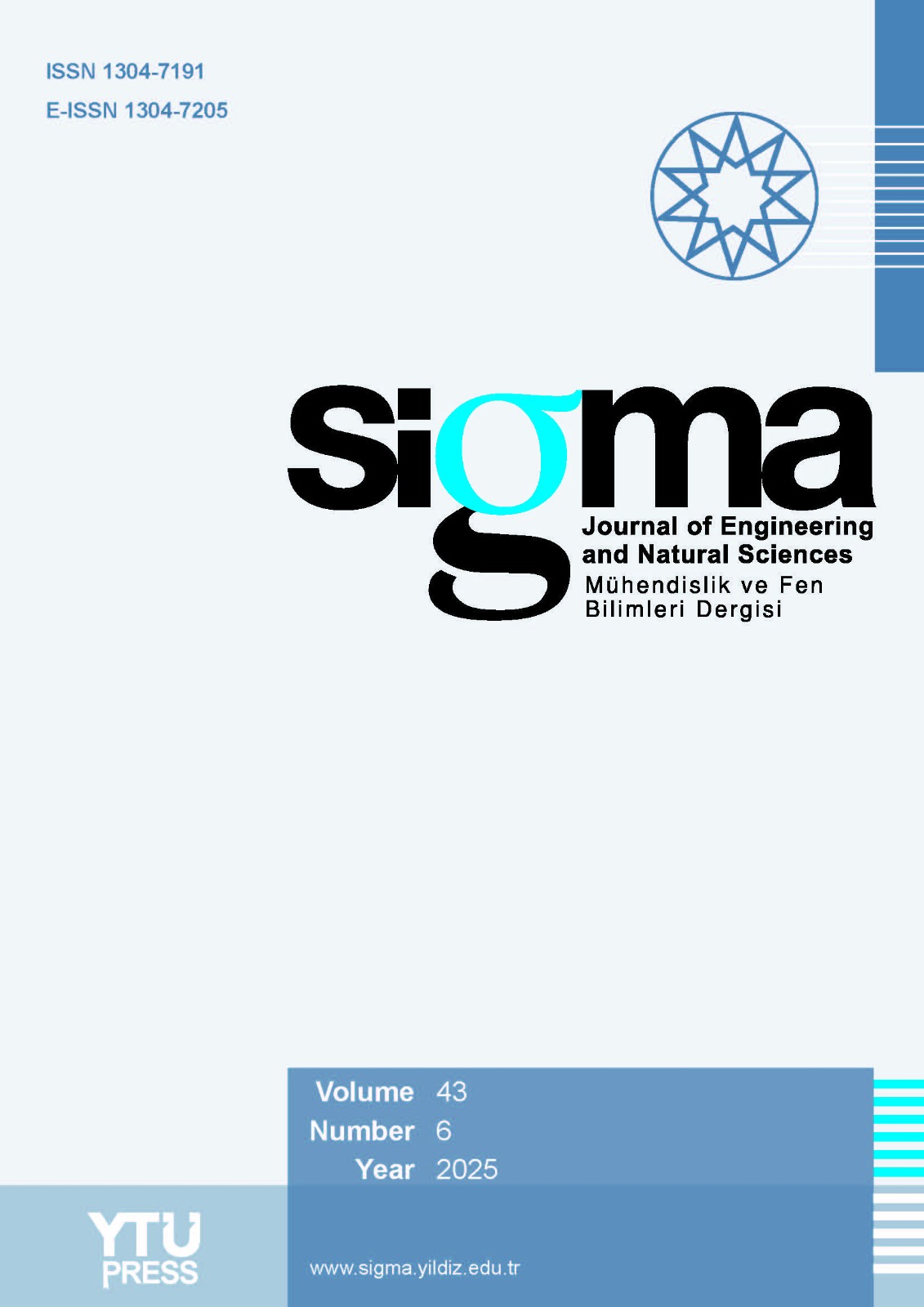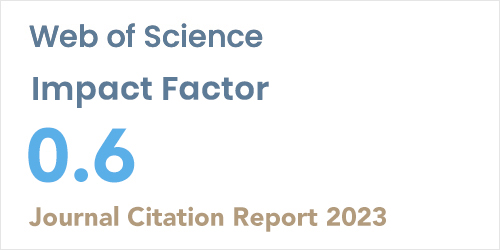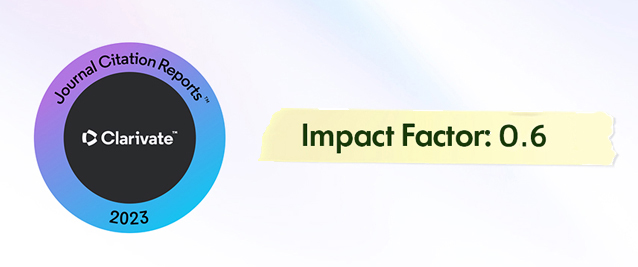Abstract
Corrosion of reinforcement bars in concrete compromises structural integrity and increases maintenance costs. This study investigates the effectiveness of organic (henna powder) and inorganic (zinc powder) corrosion inhibitor coatings in enhancing both corrosion resistance and bond strength retention of coated reinforcement bars embedded in concrete. The significance of the study lies in its approach to measure the bond strength retention of coated reinforcement bars in chloride induced environment. To evaluate the corrosion mitigation and bond strength retention of the coated bars, cylindrical specimens of M20 grade of concrete were casted having embedded coated and non-coated reinforcement bars having varying coating layers. Accelerated corrosion tests using 3.5% NaCl solution was applied to casted specimens to simulate aggressive environmental conditions. Bond strength retention was assessed through pull-out tests in accordance with IS 2770: Part 1 (1967). Results showed that reinforcement bars with four coats of henna delayed corrosion initiation by up to 14,525 minutes (~10 days) compared to 6,132 minutes (~5 days) for uncoated bars representing a 137% improvement in corrosion resistance. Zinc coatings improved corrosion resistance by up to 65% with four coats. In bond strength tests, uncoated samples exhibited a 42% reduction in bond strength at 20% corrosion, while henna-coated samples retained up to 90% of their original bond strength, significantly outperforming zinc-coated samples, which retained approximately 84%. Further the cost analysis concluded that providing Henna coating on the steel surface was cost-effective at ₹10 – ₹36 per m², with a simple manual application process. The superior performance of henna coatings is attributed to the formation of a protective passive layer containing organic tannins and polyphenolic compounds such as lawsone. These findings highlight the potential of organic inhibitors as cost-effective solutions and presenting a viable alternative to traditional epoxy-coating based prevention methods for mitigating reinforcement corrosion while preserving bond strength, offering a promising approach for enhancing the durability of reinforced concrete structures.













